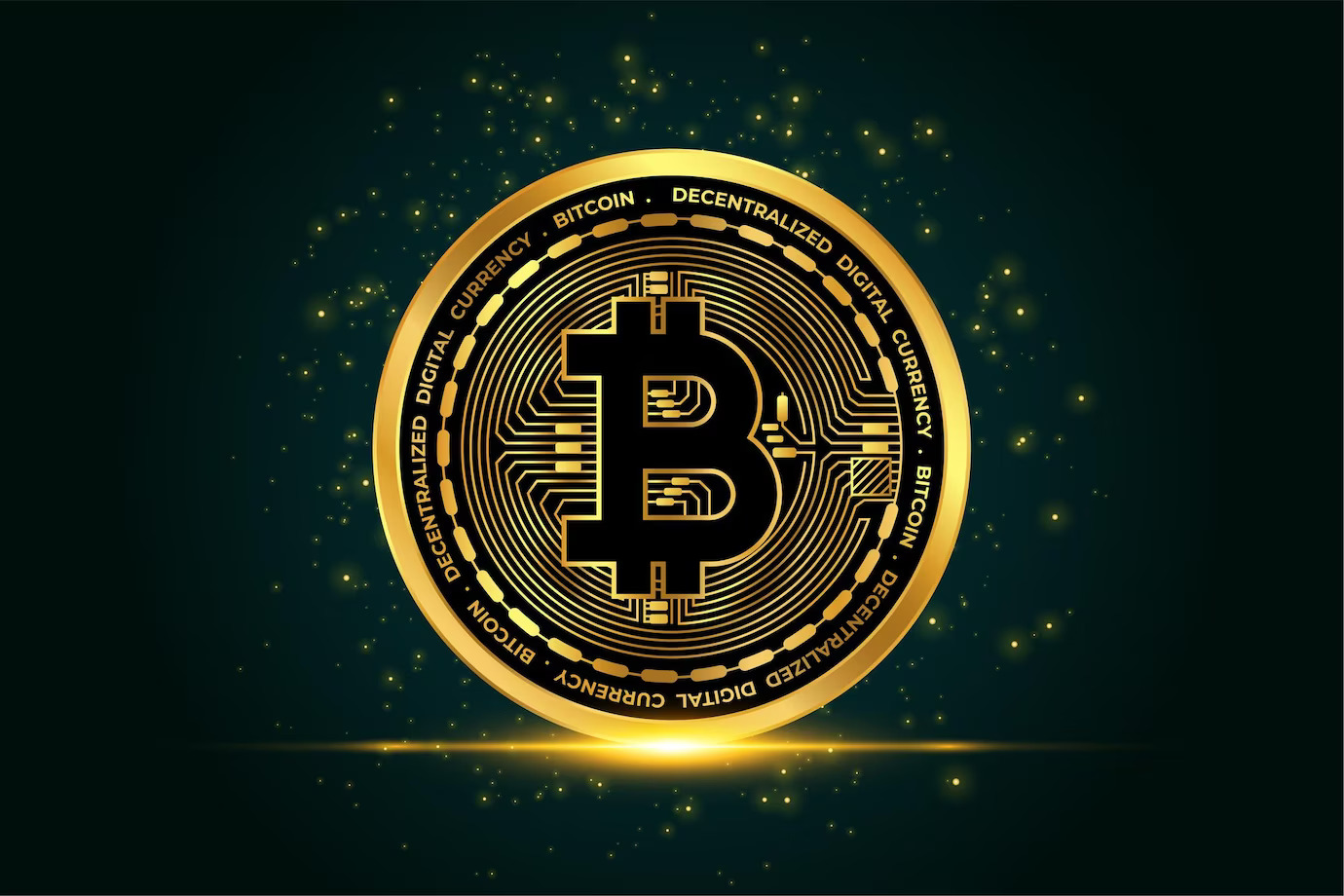Recently, Coinbase Commerce, which is part of the big crypto exchange Coinbase, made a big change in how it handles payments. They’ve decided to stop taking Bitcoin (BTC) directly, plus some others like Litecoin and Dogecoin, which work in a similar way. Now, if you want to pay with Bitcoin, you need to have an account with Coinbase. This is a big shift from how things used to be done.
The Why: Tech Issues and Big Plans
Lauren Dowling, who’s in charge of the products at Coinbase, explained they had tech problems when trying to use Bitcoin’s payment system because Bitcoin doesn’t have stuff like smart contracts and its own stablecoins. She said, “Getting our system to do the same things without these tools was tough, so we had to stop using bitcoin in this way.” Even though they’ve stopped direct Bitcoin support, users with a Coinbase account can still send Bitcoin. These transactions don’t actually move on the blockchain, so they’re instant and don’t cost extra. The boss of Coinbase, Brian Armstrong, mentioned they might bring back Bitcoin payments later by using something called the Lightning Network. They’re working on making payments better overall.
What It Means for Crypto World
- Needing a Coinbase account to send Bitcoin adds a new step which can be less convenient.
- The end of direct Bitcoin support has kicked off some strong reactions.
cryptocurrency dialogue
- In the crypto world, there’s been a lot of talk, stirring up questions about how inclusive and adaptable crypto payments really are.
- Moving to support Ethereum Virtual Machine (EVM)-friendly assets and second-layer solutions is part of an industry-wide move towards better scalability and working together.
Advancements in Payment Technology
Coinbase Commerce has launched a new kind of open on-chain payments protocol that is pretty progressive when it comes to crypto payments. This system not only supports various assets from networks like Ethereum, Polygon, and Coinbase’s own Base network but it also tackles the issue of price swings in crypto. By automatically changing payments to USDC right on the blockchain, the protocol makes sure merchants get their money at a set rate, knocking down a big hurdle for using crypto in everyday business.
The meme-inspired coin Shiba Inu shows the clever move of matching up with Ethereum’s standards for interoperability. With Shibarium, its layer-2 network that works with EVM, Shiba Inu boosts what it can do in the larger crypto world while also keeping up with the fast-paced changes in the market.
Community Feedback and the Road Ahead
The reaction to Coinbase Commerce’s new approach has been a mix of good and bad, with some strong opinions about how it might limit customers’ choices for how they pay. There are concerns that making a Coinbase account necessary for Bitcoin transactions could turn away some users, especially where Coinbase isn’t available or popular. This worry reminds us of bigger discussions in the crypto community about centralization and big platforms’ influence on the future of digital buying and selling.
Exploring Layer 2 Solutions
Coinbase is actively tackling issues by focusing on layer 2 solutions. They’re pushing for the use of fast networks like the Lightning Network and Solana to make payments quick and easy for their customers. Their emphasis on these solutions agrees with a common view in the industry: for cryptocurrencies to really take off, they need to be scalable and work smoothly.
Conclusion
Coinbase Commerce’s recent changes in how it processes payments mark a big shift. Though some might argue about dropping support for Bitcoin and similar UTXO-based cryptos, it shows just how fast the world of cryptocurrency can change. As Coinbase keeps testing new tech and payment options, their moves are sure to have a big impact on how we all use digital money in the future.

Celine Brooks is a renowned journalist and author specializing in cryptocurrency and blockchain technology. She holds a Master’s degree in Economics from Harvard University and is very passionate about Crypto. Celine regularly hosts webinars and workshops, sharing her insights and forecasts about the evolving digital currency landscape. She is also an active contributor to several leading financial and tech publications, where she breaks down complex crypto trends into understandable insights for everyday investors.

